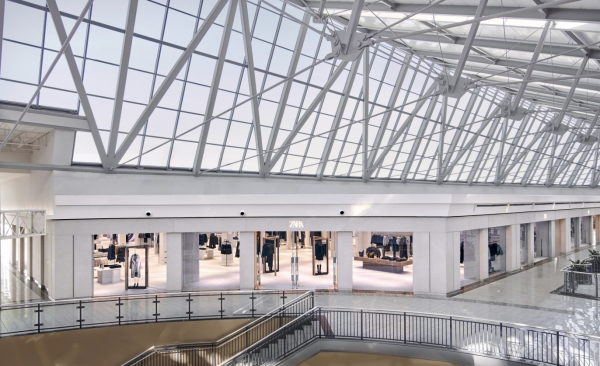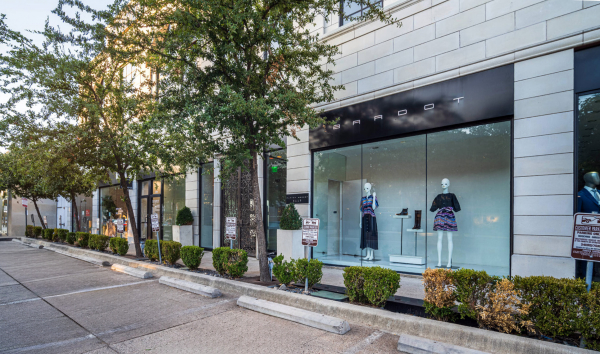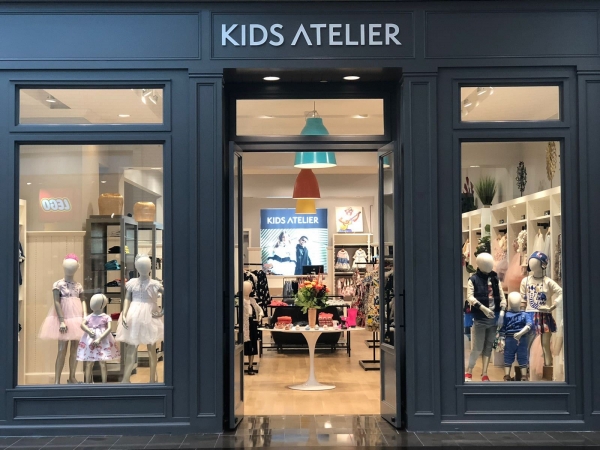 Key Elements of Successful Storefronts
Key Elements of Successful Storefronts
In today’s fast-paced retail environment design, your storefront is more than just a physical barrier between the outside world and your products, it’s your brand’s first impression. A compelling storefront can be the difference between drawing in foot traffic or being overlooked. Whether you’re on a busy main street or tucked into a quaint shopping district, designing a storefront that attracts customers is both an art and a strategy.
Here’s a look at the key elements of successful storefronts that go into creating a storefront that not only catches eyes but also converts curiosity into customers.
Clear Branding
Your storefront should reflect who you are. Branding elements like your logo, color scheme, font style, and signage all need to work together to communicate your identity at a glance.
Tips:
Ensure your signage is legible from a distance and under different lighting conditions.
Use consistent branding from the outside in, window decals, awnings, and door handles should match your brand’s tone and style.
Add a tagline or a few key descriptors to immediately tell passersby what you sell.
Eye-Catching Window Displays
Window displays are your silent salespeople. A well-crafted display tells a story, shows off your products, and sparks emotion or curiosity.
Tips:
Rotate displays regularly to reflect seasons, promotions, or new arrivals.
Use lighting to highlight key items and create drama or focus.
Incorporate color psychology, warm tones invite energy; cooler tones can evoke calm sophistication.
Inviting Entryway
A clean, well-lit, and welcoming entrance invites customers in and sets the tone for their experience.
Tips:
Keep the doorway unobstructed and tidy at all times.
Consider using an open-door policy when weather allows, it creates a subconscious invitation.
Add small touches like welcome mats, planters, or seasonal decorations to add charm.
Lighting That Draws Attention
Lighting plays a critical role in storefront design. It draws attention, sets the mood, and enhances product visibility.
Tips:
Use spotlights, backlighting, or string lights to create focal points in window displays.
Choose lighting that complements your brand (e.g., warm lights for cozy boutiques, bright white lights for tech stores).
Ensure your store is well-lit at night to appeal to after-hours foot traffic.
Readable and Relevant Signage
Signs should do more than just display your store name, they should inform and entice.
Tips:
Use sandwich boards or chalk signs for specials, witty messages, or event announcements.
Highlight store hours clearly.
Incorporate calls to action (e.g., “Come In!”, “New Arrivals!”, “Locally Made!”).
Appealing to the Senses
A successful storefront experience is multisensory. While sight is dominant, sound, smell, and even touch can play supporting roles.
Tips:
Use outdoor speakers for soft music or subtle sounds if allowed.
Scent diffusers near entrances can attract and create memory triggers (e.g., baked goods, fresh herbs).
Consider textures in your signage, displays, and façade that encourage interaction.
Digital Integration
Modern storefronts often blend physical charm with digital tools to enhance customer engagement.
Tips:
Use QR codes in windows to showcase catalogs, menus, or reviews.
Display social media handles and encourage tagging.
Interactive screens or digital menus can add a tech-forward element to your display.
Final Thoughts
Your storefront is your silent ambassador. When designed thoughtfully, it can speak volumes about your brand, spark interest, and pull people through the door. By blending aesthetic appeal, practical design, and strategic marketing cues, you can turn a simple store façade into a powerful magnet for foot traffic, and ultimately, sales.
Whether you’re refreshing your existing space or launching a new venture, remember this: the most successful storefronts don’t just look good, they feel good to the people you want to attract.
